Tag: state senate
-
Montana voters will decide on a constitutional amendment to require a search warrant to access electronic data in 2022
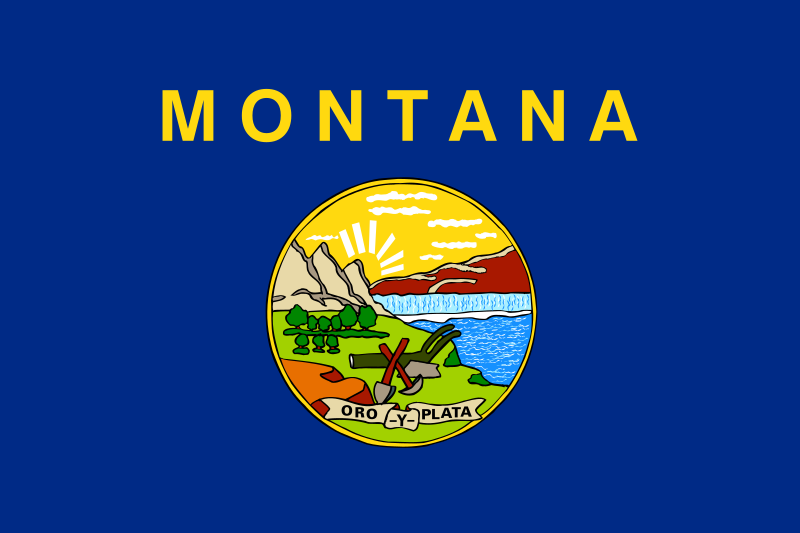
On April 22, the Montana State Legislature referred a constitutional amendment to the 2022 ballot that would require a search warrant to access electronic data or electronic communications. The amendment would also state that electronic data and electronic communications would be secure from unreasonable searches and seizures. To put a legislatively referred constitutional amendment before…
-
Arkansas State Legislature refers two constitutional amendments to 2022 ballot

The Arkansas State Legislature gave final approval to two constitutional amendments on April 22, 2021, sending them to the November 2022 ballot. One of the amendments would require 60% supermajority voter approval to ratify constitutional amendments (legislatively referred and citizen-initiated) and citizen-initiated state statutes. Constitutional amendments require approval by voters in a statewide election to…
-
Suellentrop removed as Kansas State Senate majority leader

Members of the Republican caucus in the Kansas State Senate voted to remove Majority Leader Gene Suellentrop (R) from his position on April 9. The caucus vote was 22-4 following the release of additional details about Suellentrop’s March 16 arrest. Assistant Majority Leader Larry Alley will act as Senate Majority Leader until the Republican caucus…
-
March 2021 partisan composition of state legislative seats — 54.3% Republicans and 44.9% Democrats
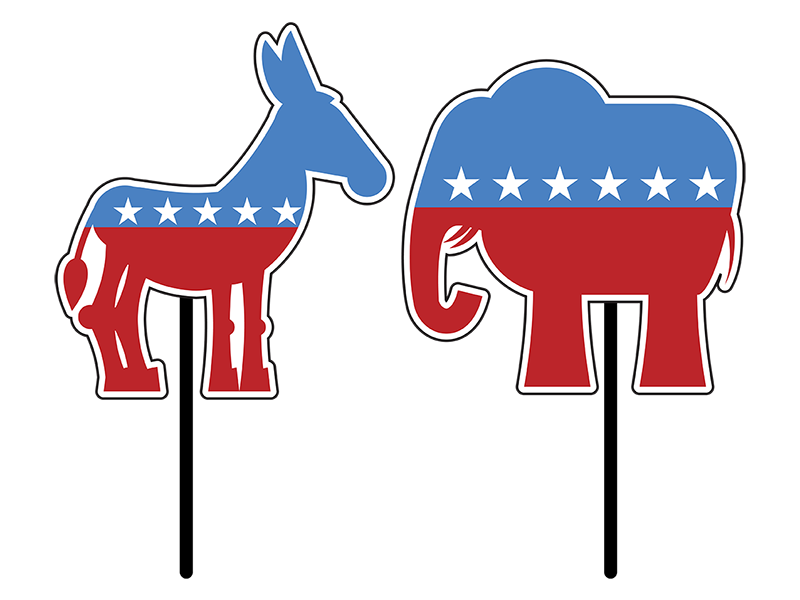
According to March’s partisan count of the 7,383 state legislators across the United States, 54.27% of all state legislators are Republicans, and 44.91% are Democrats. Ballotpedia tallies the partisan balance of state legislatures, or which political party holds the majority of the seats in each chamber, at the end of every month. Republicans control 61…
-
Republican-controlled Arkansas General Assembly overrides gubernatorial veto of bill prohibiting gender-affirming treatments for minors
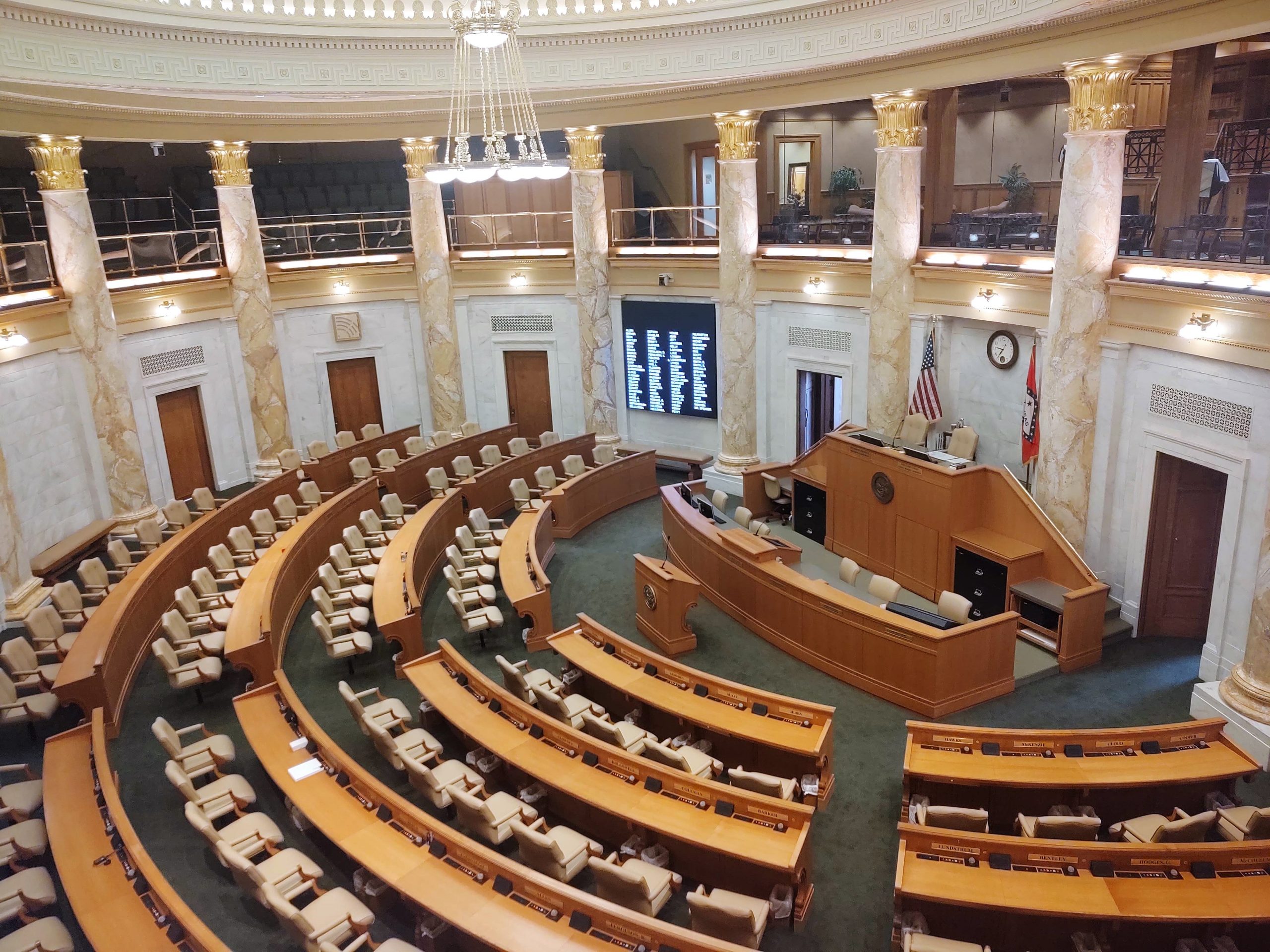
On April 6, the Arkansas General Assembly overrode Gov. Asa Hutchinson’s (R) veto of House Bill 1570 (H.B. 1570), a bill prohibiting physicians and healthcare professionals from providing chemical or surgical gender-affirming treatments—including hormone therapy and puberty blockers—to individuals under the age of 18. The bill also prohibits providers from referring minors elsewhere in order to receive such treatments. Gender-affirming…
-
Special election to be held in Oklahoma Senate district
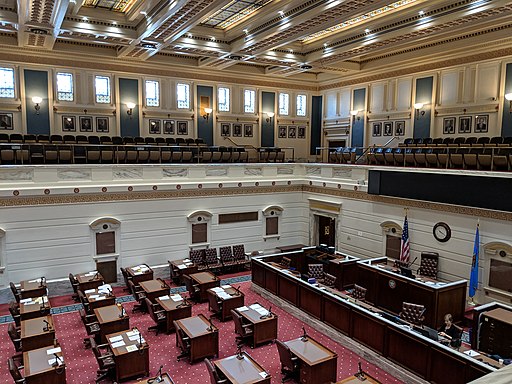
A special election is being held on April 6 for District 22 of the Oklahoma State Senate. Molly Ooten (D) and Jake Merrick (R) are running in the general election. The seat became vacant after Stephanie Bice (R) was elected to represent Oklahoma’s 5th Congressional District on Nov. 3, 2020. Bice had represented the district…
-
Special election for Virginia Senate district on March 23

A special election is being held on March 23 for District 38 of the Virginia state Senate. Former Radford City Councilwoman Laurie Buchwald (D) and Tazewell County Supervisor Travis Hackworth (R) are running in the general election. The seat became vacant after the death of A. Benton Chafin (R) on Jan. 1, 2021, from complications…
-
Pennsylvania State Senate District 22 special election set for May 18
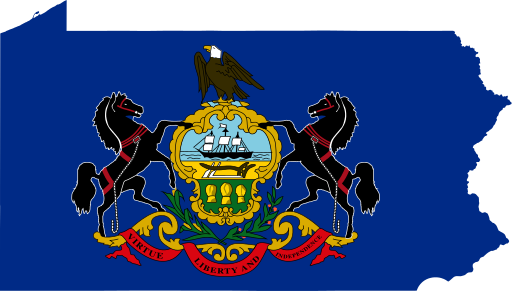
Election officials have scheduled a special election for the District 22 seat in the Pennsylvania State Senate for May 18, 2021. The seat became vacant after John Blake (D) resigned on March 8 to work for U.S. Rep. Matt Cartwright (D). There are no primaries, and candidates will be nominated directly by political parties.
-
Former state Rep. Ronald Ryckman appointed to the Kansas state Senate

The Republican precinct committees of Kansas Senate District 38 appointed Ronald Ryckman (R) to the state Senate on March 4. Ryckman replaces Bud Estes (R), who passed away on Feb. 13. Since the vacancy occurred before May 1 of the second year of Estes’ term, a special election will be held in November 2022. The…


